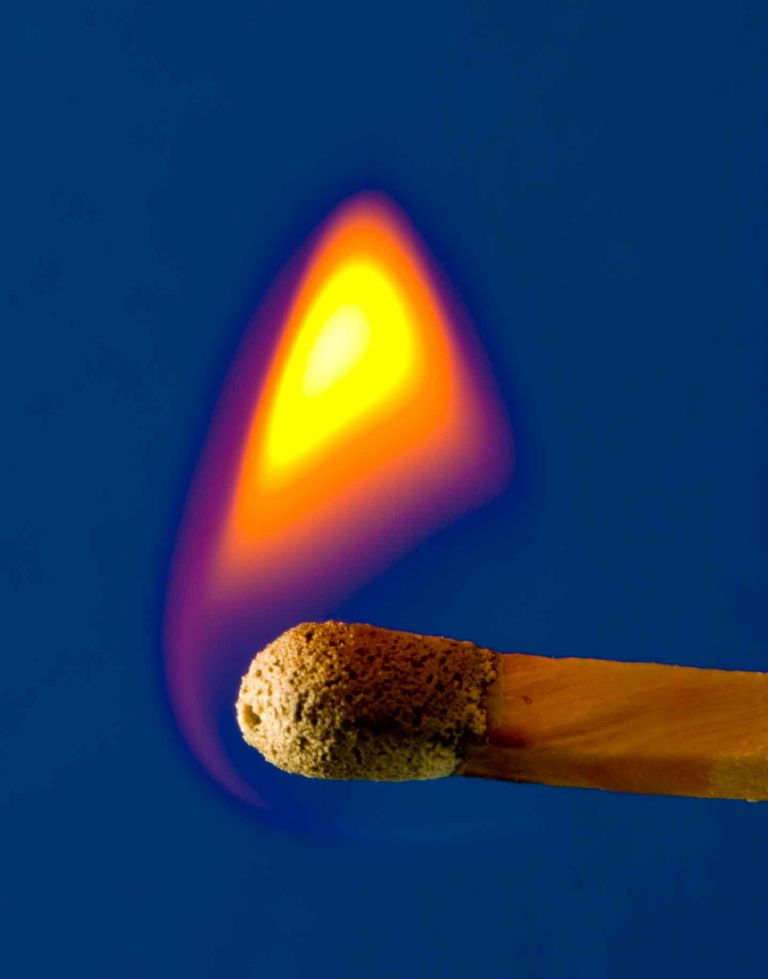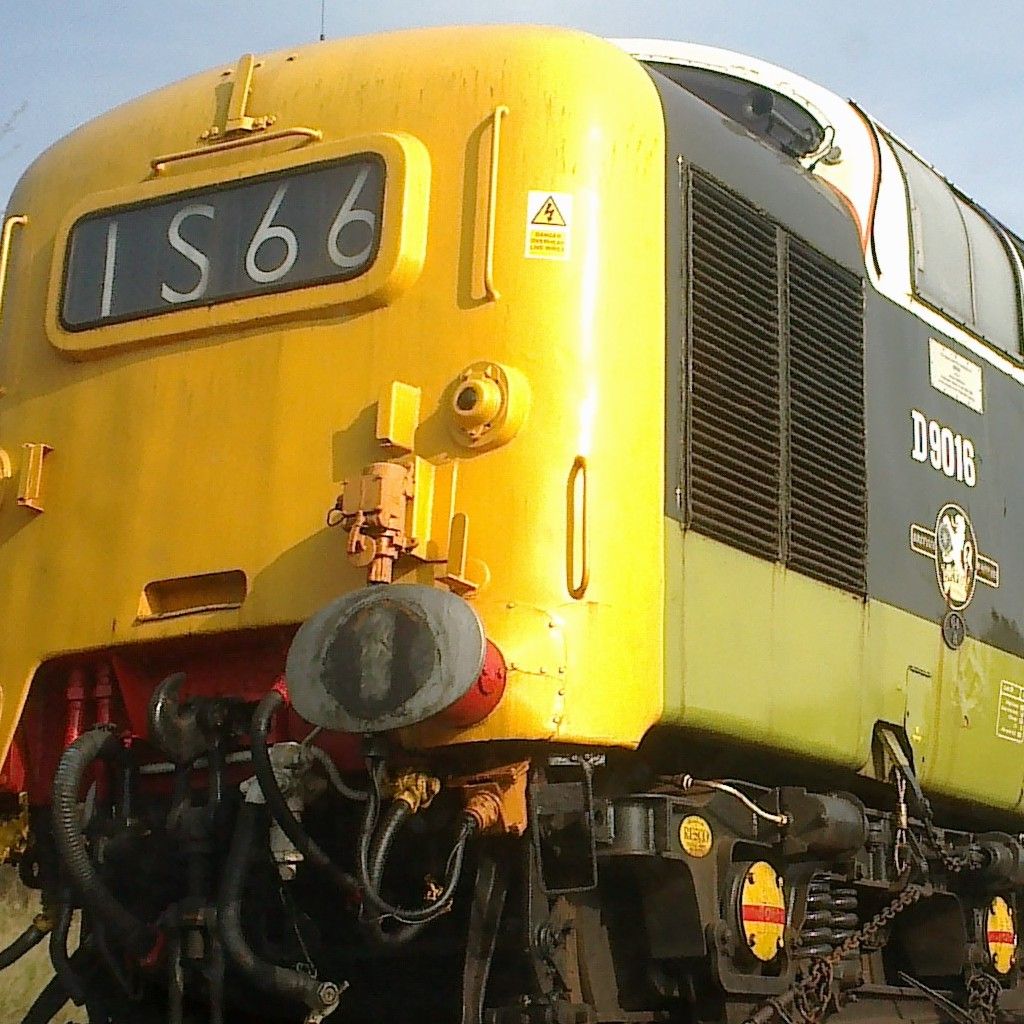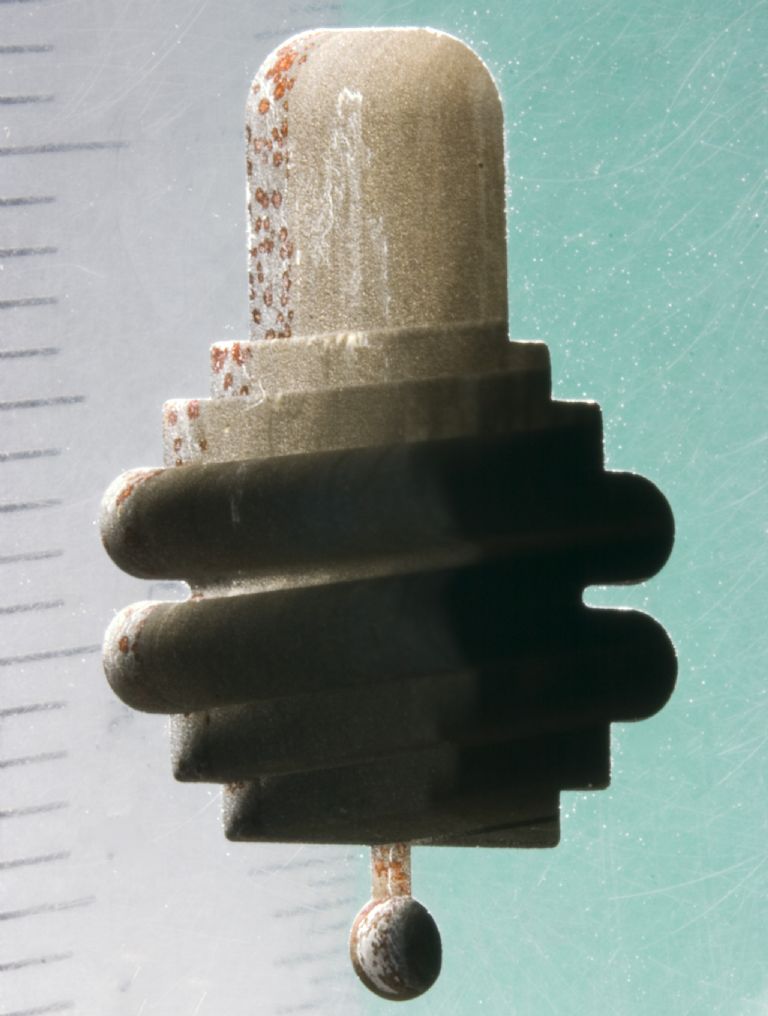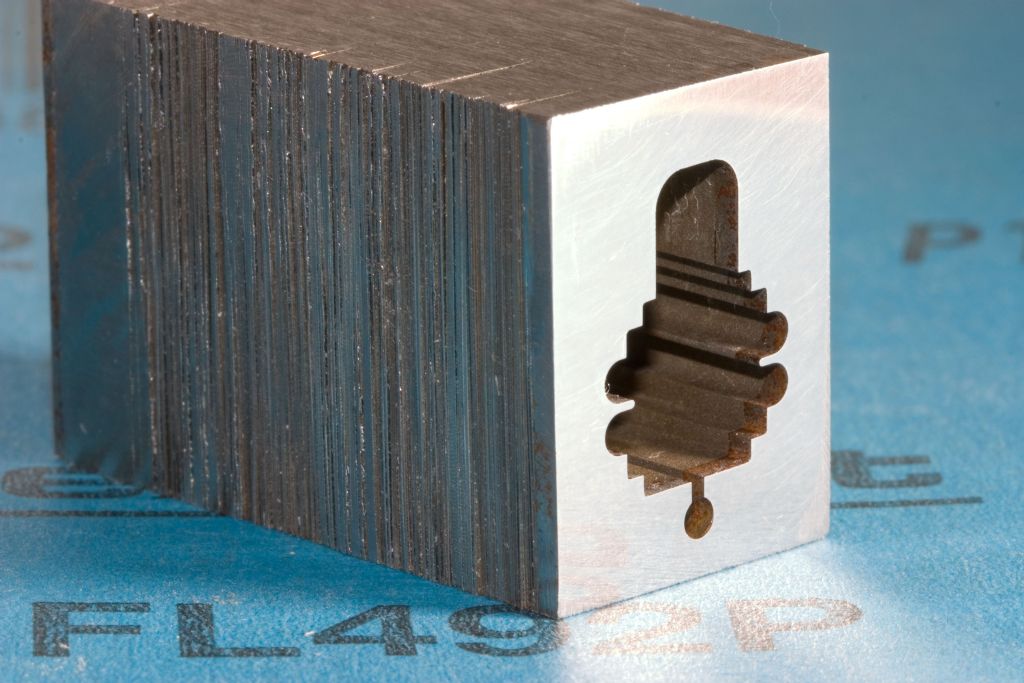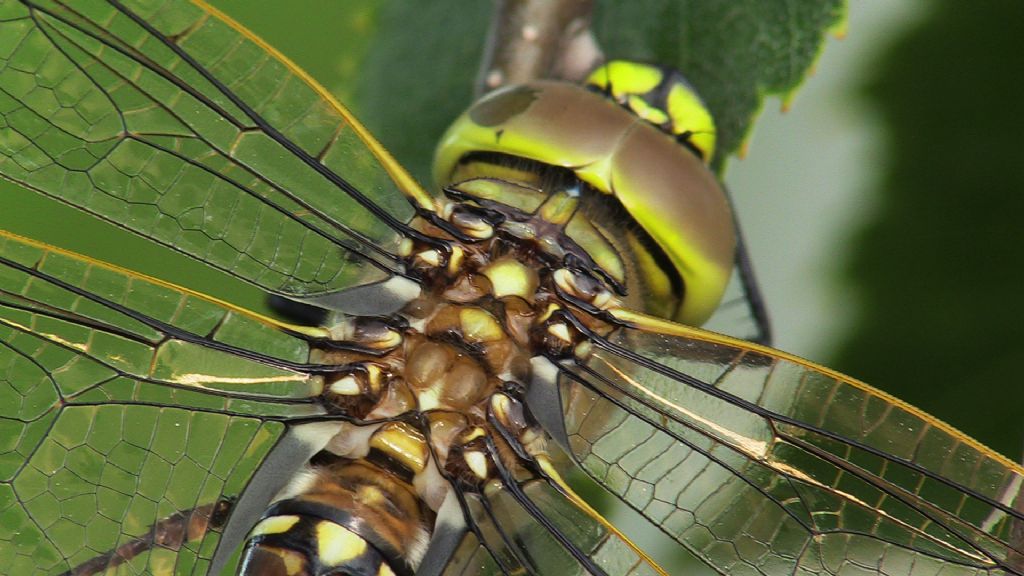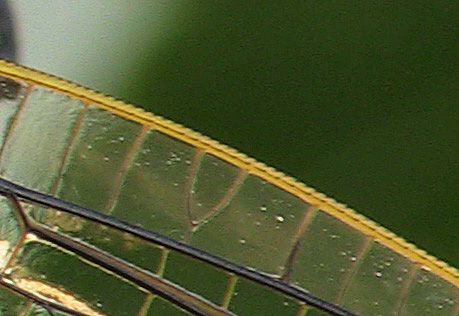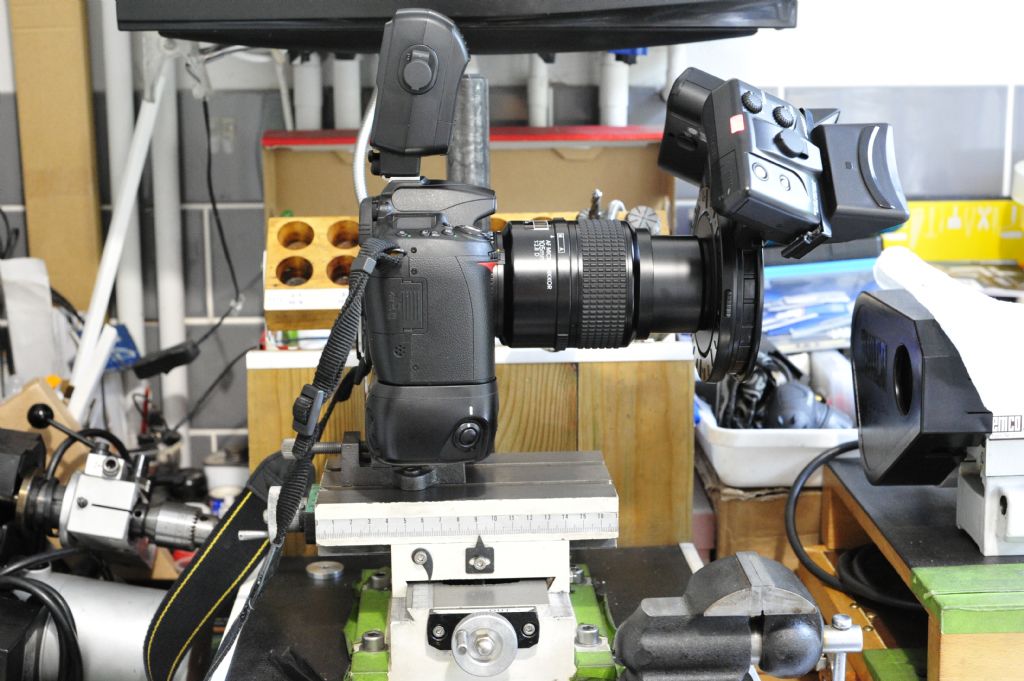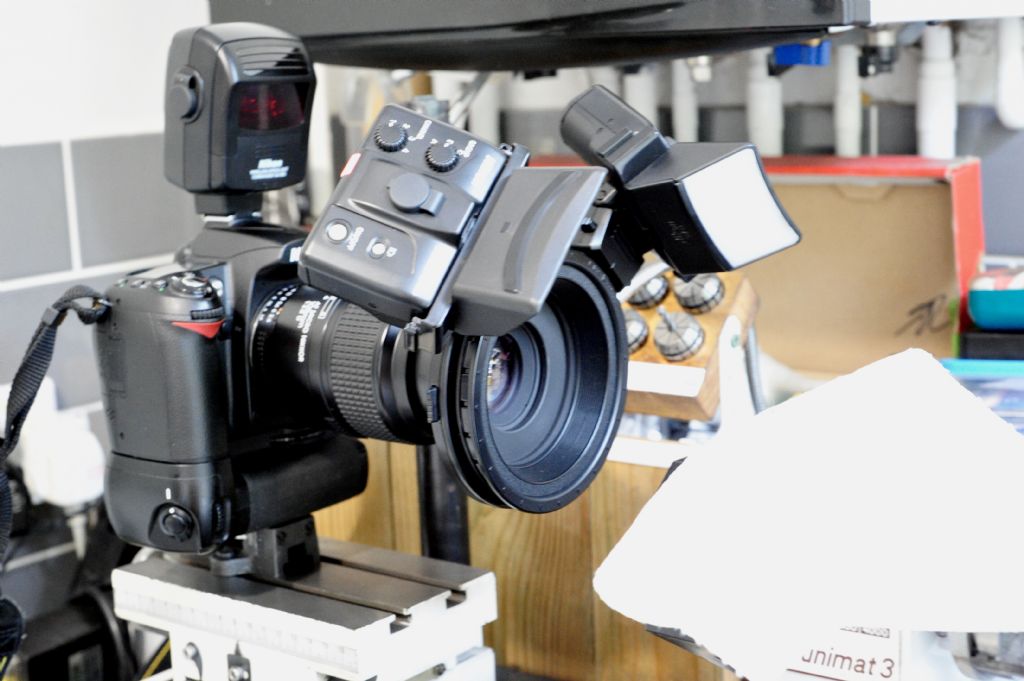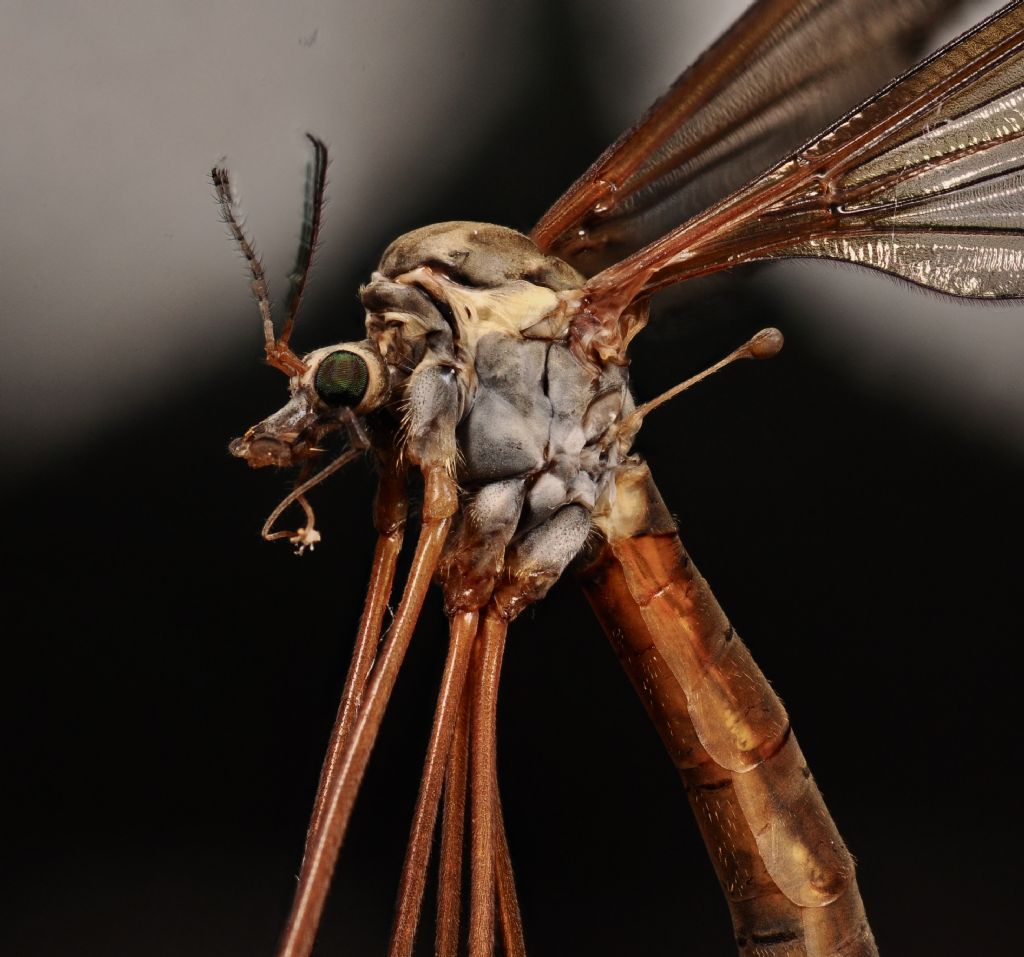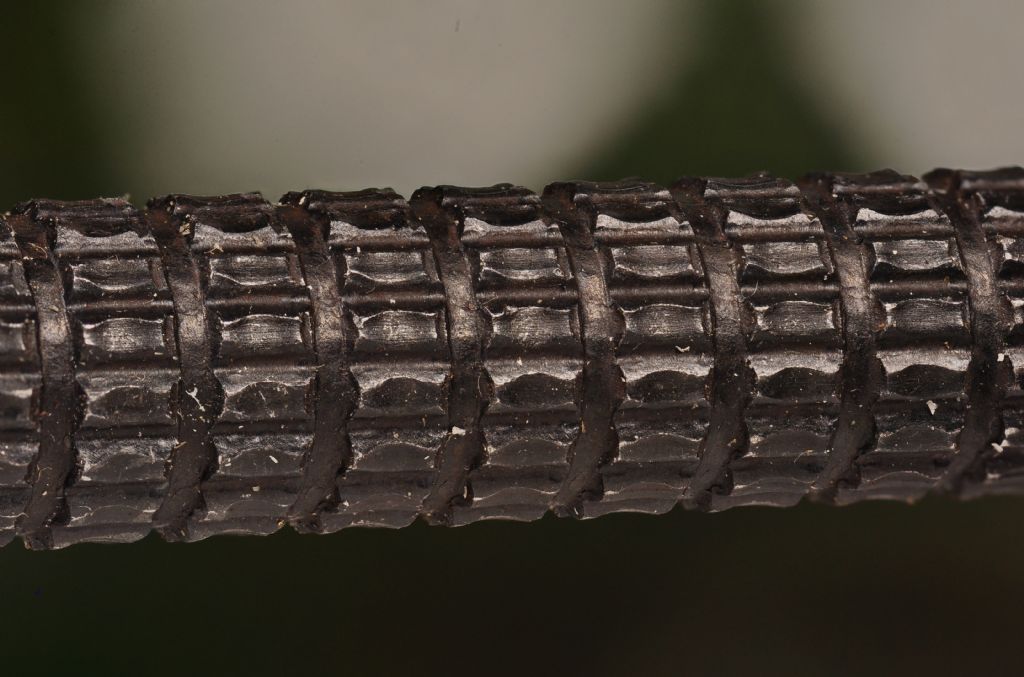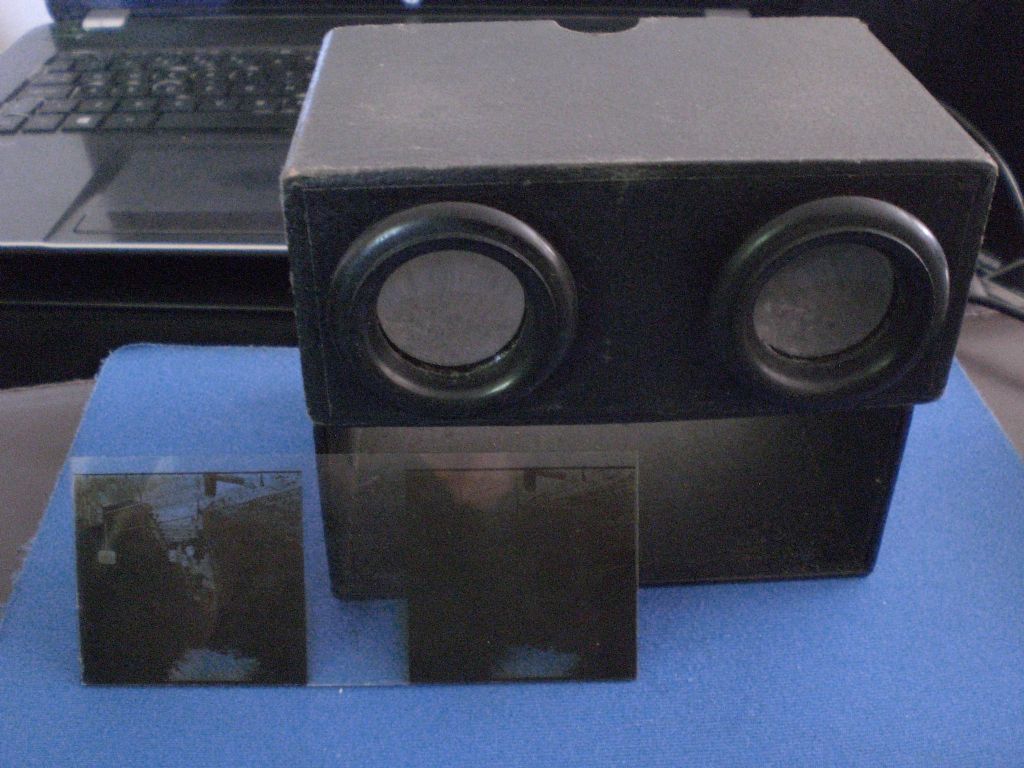Posted by Neil Wyatt on 20/05/2020 16:54:28:
Posted by SillyOldDuffer on 20/05/2020 14:14:26:
The cameras work extremely well for casual photography but blowing up their results to A4 and above reveals lots of unwanted processing artefacts.
I think you are doing down just how powerful phone cameras are, the quality of the compression is comparable to a DSLR shooting JPEG. Their main flaw is small pixels, which limits dynamic range and low light capability.
I use either my phone or a bridge camera for all my 'standard' photography, including for MEW and my books and have used photos off my phone as covers on MEW, last one being issue 291 which does show some artefacts, but it was taken indoors without flash and is cropped from a much larger frame.
I only shoot RAW for my astrophotography, because I have to tease out very faint details.
Example – right click and select 'view image'. You'll see this image at native resolution 1:1.

It's cropped out of this:

Taken on my old Nokia phone, several years ago, any sign of objectionable artefacts?
Neil
It's a good point – rather like the argument about good versus cheap tools, does the difference matter? If a camera is fit for purpose and value for money, it's a good-un. Spending loads of money on a top quality camera and using it to snapshot the family on the beach is daft. More money than sense!
Anyway, the human eye and brain are extremely good at filling in the gaps, as Sam showed with his 'spark-plug' teaser that's actually a hole! We tune out flaws, replace missing bits and basically decode what we expect to see. So in ordinary photos at ordinary scales, it's hard to see errors. JPG compresses images to save space with a fast but lossy algorithm; despite 5% of the image detail being in lost in compression, it usually doesn't show. A better test, if image quality matters, is to photograph a fine grid on a plain background. As there is no distracting content, the brain can focus on the straight high-contrast edges and any distortion due to the camera can be measured.
Anyway, the answer to the question, 'any sign of objectionable artefacts?', the answer is yes, if you look hard enough!

Interesting image because it's been processed again by copying it to the forum, and isn't 'true'. It looks both better and worse on the forum than in my photo editor (gimp). But it can be seen the plain grey background is still smooth, whilst the edges of the '6' are turbulent. For ordinary use, not a problem.
I wasn't trying to put anyone off Smart Phones – they take excellent photographs. I don't have strong feelings against JPG vs RAW either! Most of my photos are shot in jpg because it's far more convenient. RAW is wheeled out only when the very best is demanded – astrophotography is a good example. I don't know if I'm typical, but I'm more likely to produce poor images due to lighting problems than JPG.
It's a cruel world. I like being able to change lenses on a DSLR and to adjust the camera manually. I don't like having to carry a lot of kit…

Dave
 Michael Gilligan.
Michael Gilligan.

